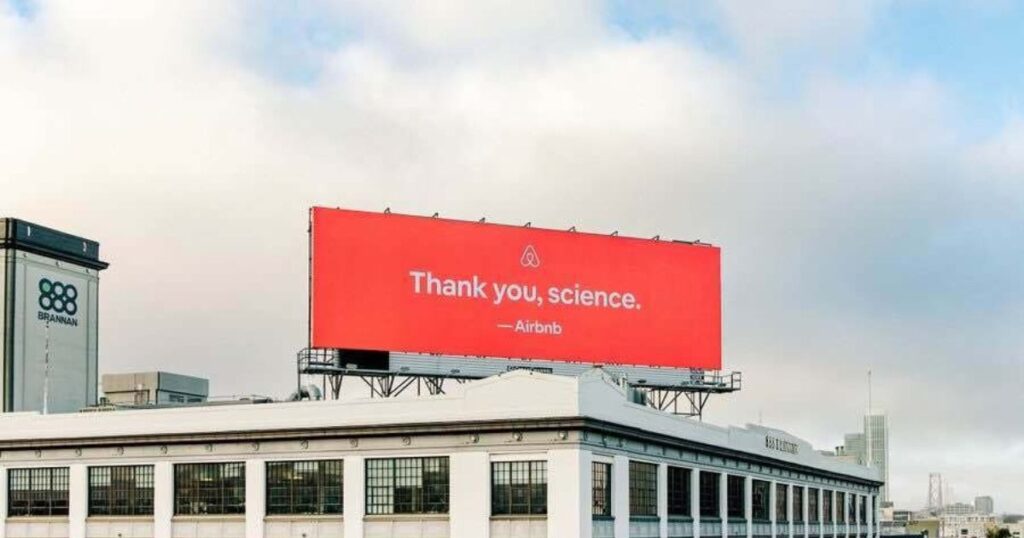Introduction
Marketing, branding, and advertising are all vital components of a comprehensive strategy to promote products or services. Commonly used interchangeably, the three terms are actually separate elements in a machine that must work together smoothly in order to meet business targets.
Let’s start with a few basic definitions.
The difference between marketing, branding, and advertising
Marketing involves a strategic approach to identifying customer needs, developing messages that would resonate with a brand’s target audience, improving the product and customer experience, and building long-term relationships with customers.
Branding, on the other hand, is the process of shaping a brand’s identity and creating a distinct perception in the minds of consumers. This unique perception will help to create added value for the brand, which will hopefully attract more customers that will be willing to spend more money.
Lastly, advertising serves as a means to amplify brand messaging, increase visibility, and generate leads and sales.
Understanding the differences between marketing, branding, and advertising can help businesses craft holistic strategies that resonate with their target audience, differentiate themselves from competitors, and ultimately drive growth.
In the next parts, we’ll dive more deeply into each of these terms.
What is branding?
Branding stands at the core of the business and revolves around the brand promise. The brand promise should embody what customers should expect from a brand, and what value it offers them. It is the thread that connects all business activities, services, and products. One may think of it as the ‘why’ of the business, its raison d’etre.
A brand mission is a similar term, but it is used for internal purposes only. The brand mission helps to align the teams on what their brand offers, what issues it resolves, and what it stands for.
From the brand promise, the brand team can start building the brand strategy.
Note that branding doesn’t focus on what a business sells. It’s far more effective to build a brand that aims to achieve an emotional connection with its customers.
Think about Coca-Cola – its ads have evolved over decades to capture the zeitgeist of that era. Here are a few slogans I found on Coke’s website:
- 1979 – Have a Coke and a smile
- 1988 – You Can’t Beat the Feeling
- 2009 – Open Happiness
- 2021 – Real Magic
Coke’s branding centers around happiness and positivity, the products are shown in its ads, but the message is so much bigger than them.
Some important components of a brand strategy are listed below.
Brand identity
This is the element that defines what a brand will look and sound like to potential customers. This includes all visual components of your brand, its logo, colors, font, tone of voice, and main tagline (e.g. Nike’s Just Do It, or Apple’s Think Different).
Brand personality
Closely related to brand identity, but taking it to the next level. What if your brand was a real person? What would they care about? What would they be like? By giving crafting a brand personality, businesses can generate a stronger emotional connection to their target audience, as well as build more touch points.
AirBnB’s campaigns during Covid, with billboards such as ‘Thank you science’ are a great example of how a brand can build on its brand personality.

Brand story
Everyone loves a good story. This could be something like ‘We started this barefoot shot company to help everyone who’s suffering from knee pain’, or ‘Our chocolate chip cookies are based on a 100-year-old family recipe’.
Brand positioning
This strategic process helps to define a company’s target audience and differentiate itself from competitors. By doing that, brands define who they’d like to sell to, make sure not to waste money on irrelevant prospects, and position themselves to stand out from the crowd.
Think about Tesla, a relatively new company that was the first significant car manufacturer to conquer the electric cars market. They were the first in this niche, which helped sales go through the roof.
What is marketing?
So now that we have the brand promise, identity, and positioning, it’s the marketing department’s job to get the word about the business to potential customers and build brand awareness.
Marketing managers will perform market research to identify potential customers’ pains and wants, how to address them, and how to offer the brand’s products or services in order to solve these.
Based on their findings and combining insights from consumer behavior studies, marketing managers will develop buyer personas, marketing messages, USPs (unique selling propositions), creative assets, and promotions. They will then plan a marketing strategy of how to deliver these communications to potential buyers’ awareness.
A marketing strategy defines all planned marketing efforts on all channels that are needed to meet the marketing goals. This includes budget allocation, campaign planning, what message to promote on which channel, and when.
Digital marketing channels include online content marketing, SEO (Search Engine Optimization), PPC campaigns on Google Ads, social media marketing, and CRM (Customer Relations Management). Traditional media channels include print, TV, radio, and PR).
Basically, every message of your company is part of your marketing activities, from social media interactions to your advertising campaigns and your customer service. It’s also part of the marketing team’s job to analyze the performance of the different activities, pull insights and optimize future efforts.
Here’s an example of brilliant marketing you’ll probably know. When Apple launched the first iPod in 2021, they didn’t call it their MP3 player, nor did they mention any of its technical attributes. The message was so simple and yet brilliant: ‘1,000 songs in your pocket’.

The 4 P’s of Marketing
When looked at from a broader perspective, marketing doesn’t only focus on delivering the brand’s messages via marketing campaigns. While this was often the case in companies I’ve worked with, marketing should also be involved in other core business aspects.
Introducing the 4 P’s, a strategic framework created by Jerome McCarthy in 1960. The 4 P’s stand for Product, Price, Promotion, and Place, and together create the Marketing mix.
Product: Functions, attributes, packaging. This is also relevant for services.
The product should deliver something that customers want and solve their pain points.
Price: Cost, discounts, margin.
The price strategy must match brand positioning and provide a positive margin.
Promotion: Advertising and sales.
How do we promote this product? In which channels? What messages do we communicate?
Place: Distribution, logistics, channels.
The product should be placed where the target audience can find it. Examples include offline retailers as well as online platforms.
Without going too much into this framework, it dictates that marketing managers should also be involved in product development, pricing, and logistics.
What is advertising?
Advertising is a subset of marketing. Essentially, all paid marketing channels can be considered advertising. Think of Google Ads, print media, out-of-home billboards, radio, TV, and the list goes on…
Advertising strategy can only come after branding and marketing strategies have been put in place and may have various objectives. These objectives range from increasing brand awareness to generating direct sales.
Different channels are traditionally used for different objectives, and the brand’s product or service will also define the channel and its purpose.
A Billboard in Times Square for example is probably part of an advertising campaign to raise awareness, maybe for a band’s new album, or Samsung’s new mobile phone model.
Brands that sell products online use social media ads on Facebook or Instagram to drive sales. However, conversion ad campaigns on Facebook make little sense for FMCG brands such as Oatly, who probably prefer running ads with the objectives of brand awareness and reach.

A strong brand makes sure its ads embody the business identity and convey the value proposition (product, service, feeling) in a way that would be strong enough to remain in the target audience’s mind and drive awareness and action.
Conclusion
Although marketing, advertising, and branding touch on different aspects of a brand, they’re closely related and are vital to generating growth.
Branding is the core of the company, starting from ‘why do we exist’, through mapping the competitive landscape to find the ideal positioning, and ending at ‘who we are’. Brand management is an always-on activity, that focuses on managing the brand reputation.
Marketing departments take this information and build additional layers on top of it to better understand target customers.
What do the customers need? How do they behave? Where to find them?
A deep understanding of the customers helps to put together a comprehensive marketing plan to acquire new customers and develop a long-term relationship with existing ones.
Advertising is a subset of marketing, which includes paid marketing activities on both online marketing channels, as well as traditional ones.
Business owners must make sure all three parts work in harmony, in order to grow brand equity and sales.
While all three elements are important, from my professional experience, branding is the most important part as it lies at the core of the business. When I worked on brands that a had strong brand mission and a distinct brand personality, marketing activities were much easier, clearer, and drove better results.

